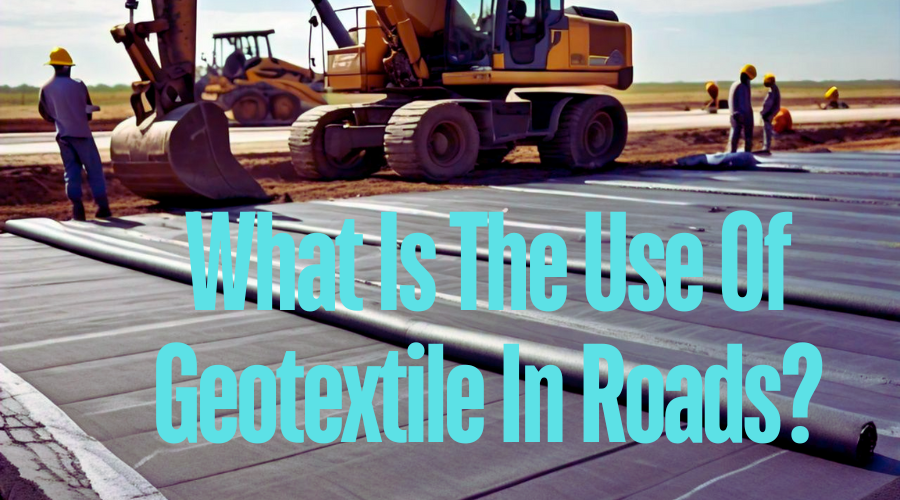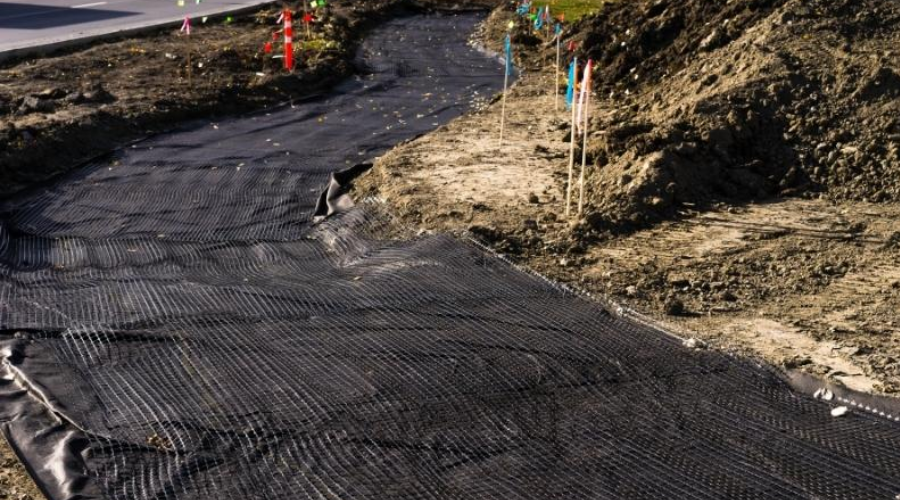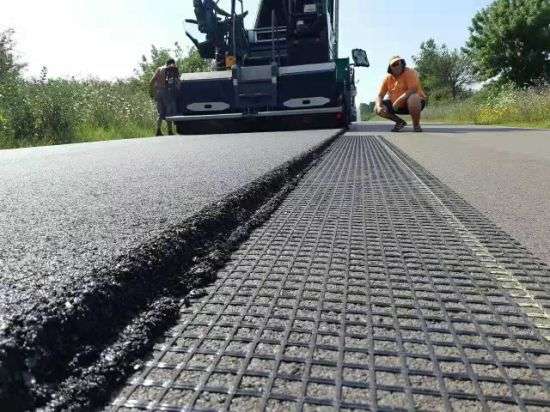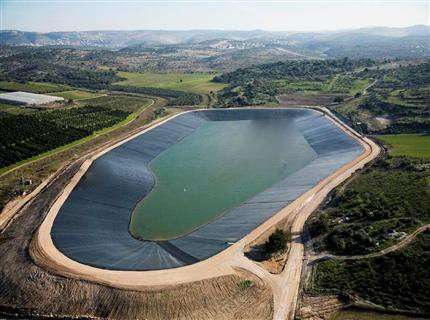
Blog

Aug 19,2024
What Is The Use Of Geotextile In Roads?
Imagine cruising down a smooth, silent highway. The road hums beneath your tires, a harmonious symphony of engineering and nature. But what lies beneath that asphalt canvas? The answer is a marvel of modern technology: geotextiles.
The Quiet Revolution Beneath Our Feet
Once a whispered secret among engineers, geotextiles are now the bedrock of our road infrastructure. These unassuming sheets of synthetic fabric are quietly revolutionizing how we build our roads, transforming them from mere pathways into feats of engineering.
Unraveling the Mystery of Geotextiles
What exactly is a geotextile? Picture a sturdy, woven blanket with superpowers. It's crafted from polyester, polypropylene, or nylon and is more challenging than it looks. Beneath its soft exterior lies a world of strength and resilience, ready to face the relentless onslaught of traffic, weather, and time.
Building Better Roads, One Layer at a Time
So, how does this seemingly simple material transform our roads? Let's dive in.
Separation: Keeping Chaos at Bay
Imagine a layer cake of road construction. You've got the subgrade, the base, and the final asphalt or concrete layer. These layers can mingle like unruly children without a clear division, leading to a weak and unstable road. Geotextiles act as invisible partitions, keeping each layer in place and ensuring a solid and durable foundation.
Filtration: Nature's Water Whisperer
Rainfall is a double-edged sword for roads. While it quenches our thirst, it can also wreak havoc on the road base. Excessive water can seep in, carrying soil particles and creating a muddy mess that weakens the road's structure. Geotextiles are the unsung heroes of drainage. They act like high-tech sieves, allowing water to pass through while holding back the soil, preventing erosion, and preserving the road's integrity.
Reinforcement: The Road's Iron Man
Geotextiles are the secret to a road's strength. They spread the traffic load evenly, preventing weak spots and potholes from forming. It's like giving the road a protective exoskeleton, ensuring it can withstand the relentless pounding of vehicles.
Protection: Shielding the Road's Soul

Frost heave, the insidious rise of the road due to freezing water, can be a road's worst nightmare. Geotextiles act as a protective shield, preventing water from seeping into the subgrade and causing this destructive phenomenon. They also safeguard the environment by controlling erosion and minimizing the road's environmental footprint.
The Benefits of Embracing Geotextiles
The advantages of incorporating geotextiles into road construction are as vast as the highways they enhance:
Longevity: Roads built with geotextiles boast an extended lifespan, reducing the frequency of costly repairs.
Smooth Sailing: Geotextiles contribute to smoother roads, improving driving comfort for travelers and reducing vehicle wear and tear.
Environmental Champion: Geotextiles help protect our environment by preventing erosion and improving drainage.
Cost-Effective: While there's an initial investment, the long-term savings in maintenance and repairs make geotextiles an intelligent financial choice.
Frequently Asked Questions About Geotextiles
Q: Are geotextiles expensive?
A: Geotextile costs vary based on the project's specific needs. However, considering their long-term benefits, they are often a cost-effective solution.
Q: How long do geotextiles last?
A: Geotextiles are engineered to withstand the test of time. They are designed to last the road's lifespan and provide consistent performance.
Q: Can geotextiles be recycled?
A: While recycling geotextiles is still emerging, research and development are actively exploring sustainable end-of-life solutions for these materials.
From the busy metropolis to the quiet countryside, geotextiles are the unsung heroes paving our future. By understanding their role in road construction, we can appreciate the engineering marvel beneath our feet and their positive impact on our transportation infrastructure.
Geotextiles are a testament to human ingenuity in engineering solutions harmonizing with nature. Their unassuming presence beneath our roads is a testament to their critical role in building resilient and sustainable infrastructure. As we navigate the challenges of growing urbanization and climate change, the importance of geotextiles in ensuring the longevity and performance of our roads becomes even more pronounced. By understanding the science behind these incredible materials, we can appreciate the intricate balance between technology and nature that paves the way for a smoother, safer, and more sustainable future.







